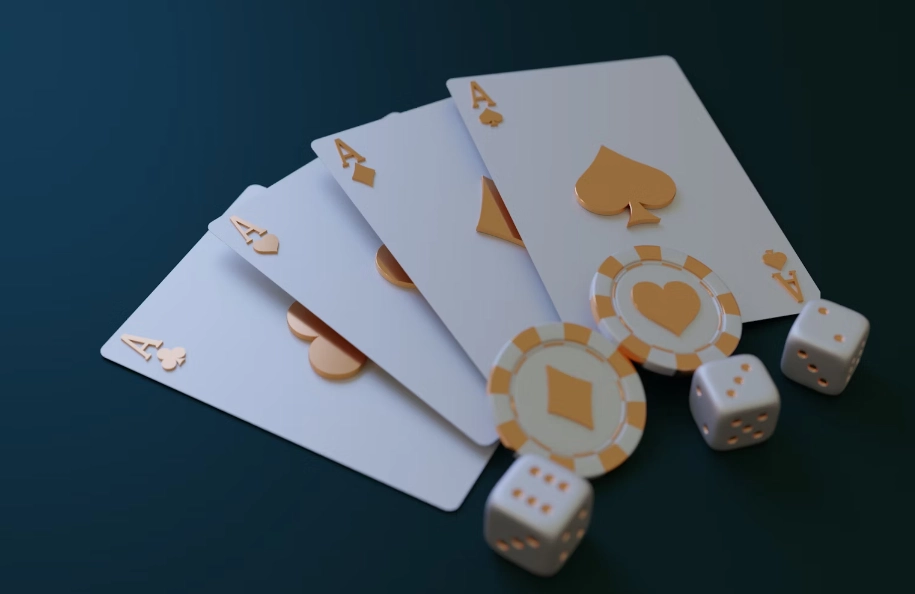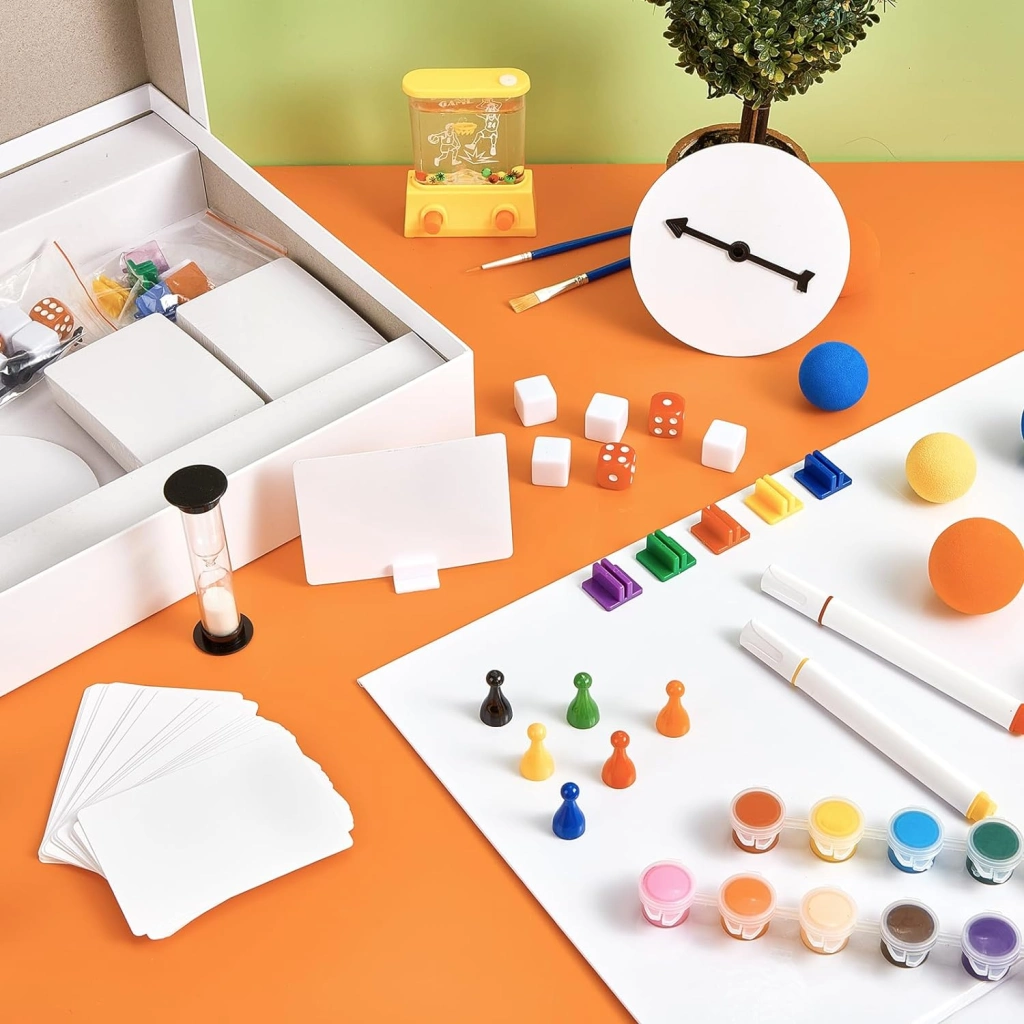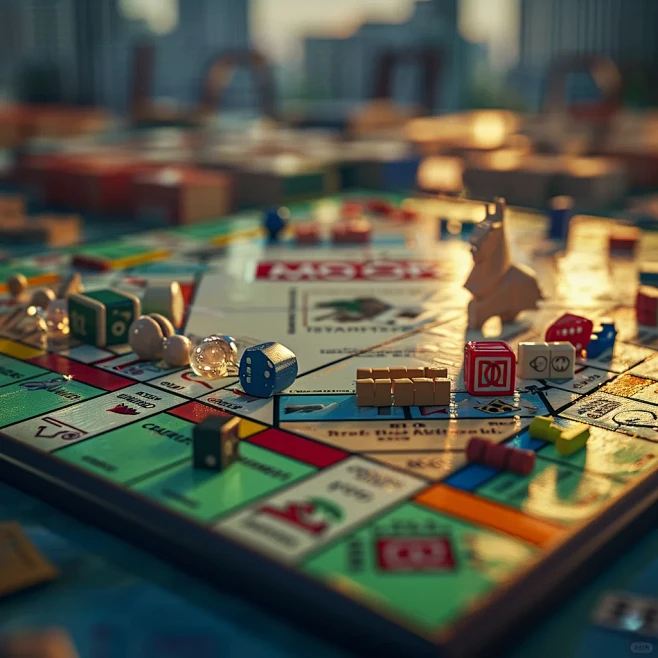Structure of a Tarot Deck

A traditional tarot deck contains 78 cards divided into the Major Arcana and Minor Arcana. The Major Arcana consists of 22 cards that symbolize substantial life developments or spiritual lessons. The Minor Arcana is the 56-card set that relates to the every day and presents one or a few pieces of the entire puzzle. The first step in interpreting the tarot cards is understanding the structure of a deck, so this piece will serve as a foundation for more interpretations to come.
Major Arcana
There are 22 Major Arcana cards numbered 0–21, representing profound meanings and symbolism. These cards usually symbolize important stages in a person’s evolution and are typically viewed as being stronger than the Minor Arcana cards. They touch on difficult subjects and are often pulled at times when major choices or changes are occurring. It is important that every player of the tarot card game, whether an advanced player or a beginner, understand how significant the Major Arcana cards are.
Minor Arcana
The Minor Arcana consists of four suits — Wands, Cups, Swords, and Pentacles — these cards represent the daily events and influences on your life. The suit covers the various areas of human life. Knowing the unique details of these suits is essential to deciphering the subtle messages in a tarot reading. Tarot suits are a mini-language of their own with very specific details and meanings.
Detailed Breakdown of Each Tarot Card
Major Arcana Cards (0-21)
- The Fool (0): Symbolizes new beginnings and adventures; a call to embrace spontaneity.
- The Magician (I): Represents manifestation and resourcefulness; the ability to channel energy toward goals.
- The High Priestess (II): Reflects intuition, unconscious knowledge, and mystery; urges introspection.
- The Empress (III): Embodies fertility, beauty, and nurturing; represents abundance and growth.
- The Emperor (IV): Stands for authority, structure, and control; a call for stability and leadership.
- The Hierophant (V): Symbolizes tradition and spiritual guidance; suggests seeking wisdom through established norms.
- The Lovers (VI): Represents love, harmony, and choices; highlights the importance of connections.
- The Chariot (VII): Denotes willpower and determination; signifies triumph over challenges.
- Strength (VIII): Embodies courage and inner strength; signifies resilience amid difficulties.
- The Hermit (IX): Represents contemplation and soul-searching; a pursuit of deeper understanding.
- Wheel of Fortune (X): Portrays cycles of life and fate; a reminder of life’s inevitable ups and downs.
- Justice (XI): Stands for fairness and accountability; challenges individuals to weigh their choices.
- The Hanged Man (XII): Encourages surrender and letting go; suggests new perspectives through sacrifice.
- Death (XIII): Signifies transformation and endings; a necessary precursor for new beginnings.
- Temperance (XIV): Represents balance and moderation; encourages harmony and blending opposites.
- The Devil (XV): Reflects temptation and materialism; warns against bondage and unhealthy attachments.
- The Tower (XVI): Indicates sudden upheaval and revelation; challenges to rethink built structures.
- The Star (XVII): Represents hope and inspiration; encourages a sense of trust in the universe.
- The Moon (XVIII): Reflects illusion and intuition; suggests delving into the subconscious.
- The Sun (XIX): Symbolizes positivity, success, and joy; a powerful representation of clarity.
- Judgment (XX): Signifies rebirth and evaluation; prompts reflection on past decisions.
- The World (XXI): Represents completion and fulfillment; a sign of accomplishments and harmony.
Minor Arcana Cards (Wands, Cups, Swords, Pentacles)
The Minor Arcana provides insight into everyday situations and interactions. Each suit tells a different story, contributing to a holistic interpretation of the tarot card game.
Wands Suit
Wands represent inspiration, spirituality, and energy. These are fire-associated cards that delve into ambition and creativity, generally connected with professional endeavors and drive. Leadership and passion are key cards in this suit, and the suit urges individuals to explore what lies within. Cards in this suit focus on the motivation to lead, chasing after goals and dreams — and suggest digging deeper into oneself!
Cups Suit
Cups Suit The suit of Cups corresponds to the element of water and represents emotions, feelings, and our relationships. These cards focus on emotions and interactions, usually concerning love and concern. The Cups reveal the personal path within relationships and highlight emotional balancing. In a relationship, the Cups can point to the individual work that needs to be done in order to achieve an emotional equilibrium.
Swords Suit
Similar to the Wands suit with their association to fire, swords are also linked with an element: air, and therefore represent intellect, thought, and even conflict. They often deal with obstacles, ethical conundrums and the repercussions of decisions. What the reader needs to focus on, is where through this suit messages are conveyed for clearer headspace and decision-making.
Pentacles Suit
Based on the Earth element, Pentacles symbolise the material aspects of life, wealth and career opportunities. Such cards frequently emphasize the themes of stability, practicality and resource management. Get insights on the Pentacles – this suit can provide vital clues to a person you might have no clue about in the tarot card game terms- this may also be about someone who is financially and materially connected with them.
Applications and Readings
But tarot readings can be used for everything from personal insight and decision-making assistance to transformation. Proficient in diverse reading styles —Understanding that just an individual who is very familiar will have the option to separate out incredible significance from each card drawn from the tarot card game. Also, the combinations in card readings can be well-tuned to give great information.
Common Reading Methods

Here are some of the more popular methods used in tarot card readings — each accommodating different situations and tastes. Of these three-card spread is rather popular as it offers clear and simple insights into the past, present, and future. On the other hand, the Celtic Cross spread is an in-depth reading used for complex situations: Ten cards are used to provide a broad view of various factors in the querent’s life.
Another common practice includes the Horseshoe spread, which gives an even-handed view by laying out seven cards in a horseshoe shape to cover the influences and results of different components. Tragically, practitioners might look into where one card is drawn day by day for samples and other directions, which sustains day-to-day practice and furthers their association with the tarot card game.
Interpreting Card Combinations
While the answer could lie in a single card, it often requires knowledge of how cards interact with one another to uncover the more significant deeper messages hidden within the tarot game. The story told when cards are drawn together will markedly change the interpretation. The Lovers and The Chariot, for example, indicate a victory in your love life, while The Tower and The Death Card imply imminent upheaval that is transformative and leads to the end of something.
Focus on individual positioning and meaning of each card in relation to one another. Intuition and context are the two guidelines for building a cohesive reading, as every single interpretation will also depend on the unique situations in which the querent find themselves. With practice, you will notice recurring themes in card combinations which add layers to the messages that you are able to deliver.
Discover Other Offerings from Suba
Known within tarot card circles to be an industry standard when it comes to quality, Suba also provides more than tarot cards since this product extends its offerings into playing cards. With so many different kinds of products, there is something for everyone, exploring the most traditional games or entering the exoteric world of tarot.
Overview of Suba’s Playing Cards Collection
Suba boasts a collection of creative playing cards. This line features decks for different games, and they’re built for both newbies and advanced players. Exceptional quality and craftsmanship are apparent with every card, allowing them to be used regularly while adding delight to each game played. Apart from the eye-catching designs, we really love how Suba’s playing cards embrace themes that strike chords with its users.




.webp)




